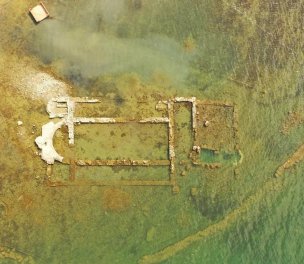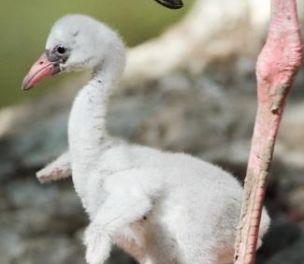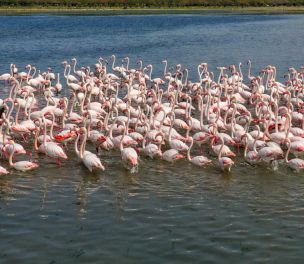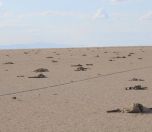Gökgöl, a 50-hectare lake in the central Anatolian province of Konya, has completely dried up. The lake was created 55 years ago to prevent flooding and has since been an important stopover for migratory birds and a breeding ground for many species.
Located 24 kilometers west of the Kulu district within the Lake Tuz Basin, Gökgöl was declared a protected area in 1996. It was fed by groundwater, small streams, and the Samsam Stream, which also feeds Lake Tuz, one of the world’s largest saline lakes, whose size has also significantly reduced over the past few decades.
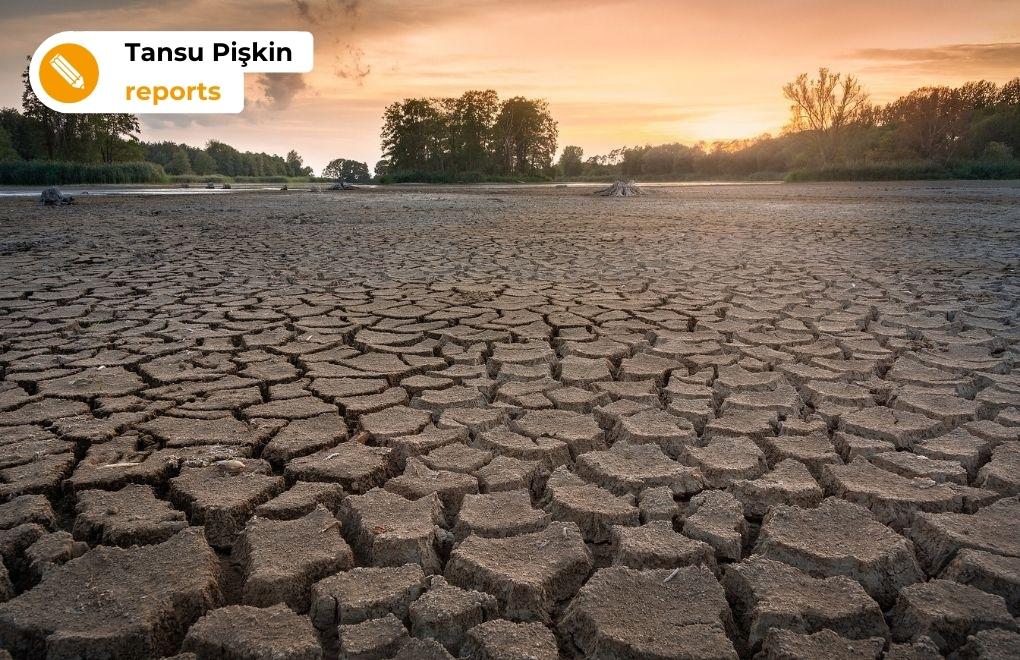
Q&A WITH PROF. TOLUNAY
Is the climate crisis the only reason for drought in Turkey?
Local resident Hasan Gölcük explained the lake's history to Anadolu Agency (AA), saying that it was formed in 1969 thanks to a dam built to prevent flooding from Samsam Lake. "When Samsam Lake overflowed, it started to damage houses. So the State Hydraulic Works opened a canal in 1969, and the Kozanlı Municipality built a dam in front of the water, creating Gökgöl.”
He lamented the lake's current state, saying, "From 1970 to 2023, there was water in the lake, but this year it has completely dried up due to farmers cutting off the water and climate change. Now that the lake is not being fed, the vibrancy of nature is gone."

He also highlighted the lake's former biodiversity, noting that it was once home to 185 bird species and was rich in fish. "Birdwatchers would stay for months, and a lot of research was done on the birds," he recalled.
Gölcük expressed concern about the impact of Gökgöl's drying up on Lake Tuz, as the former used to feed the latter. "Now seeing this sight makes me deeply sad. We used to go fishing and have picnics. Even people from Kayseri would come for picnics," he recalled.
Drought in Konya Basin
The drying up of Gökgöl is likely linked to the ongoing drought in the Konya Basin, Turkey’s largest basin and known as the country’s breadbasket, which has been exacerbated by unsustainable water use practices. The shift from the traditional wheat to the more water-intense corn in recent years agriculture is also cited as a reason.
Several lakes in the region, such as Lake Akşehir, Lake Meke, and Lake Eber, have dried up or significantly receded due to the prolonged drought and over-extraction of groundwater over the past few years.
The drought has also led to an increase in the formation of sinkholes in the region, further highlighting the environmental challenges.

Konya Technical University has counted more than 2,200 sinkholes in the Konya basin, with about 700 of these being considered deep pits with a depth exceeding one meter. The overuse of groundwater for irrigation, combined with the lack of precipitation, has exacerbated the situation.
These sinkholes pose a threat to both agriculture and human safety, as they can appear suddenly and without warning. Farmers are particularly affected, as the sinkholes can swallow up fertile land, making it difficult to sustain their crops and livelihoods. (VK)






